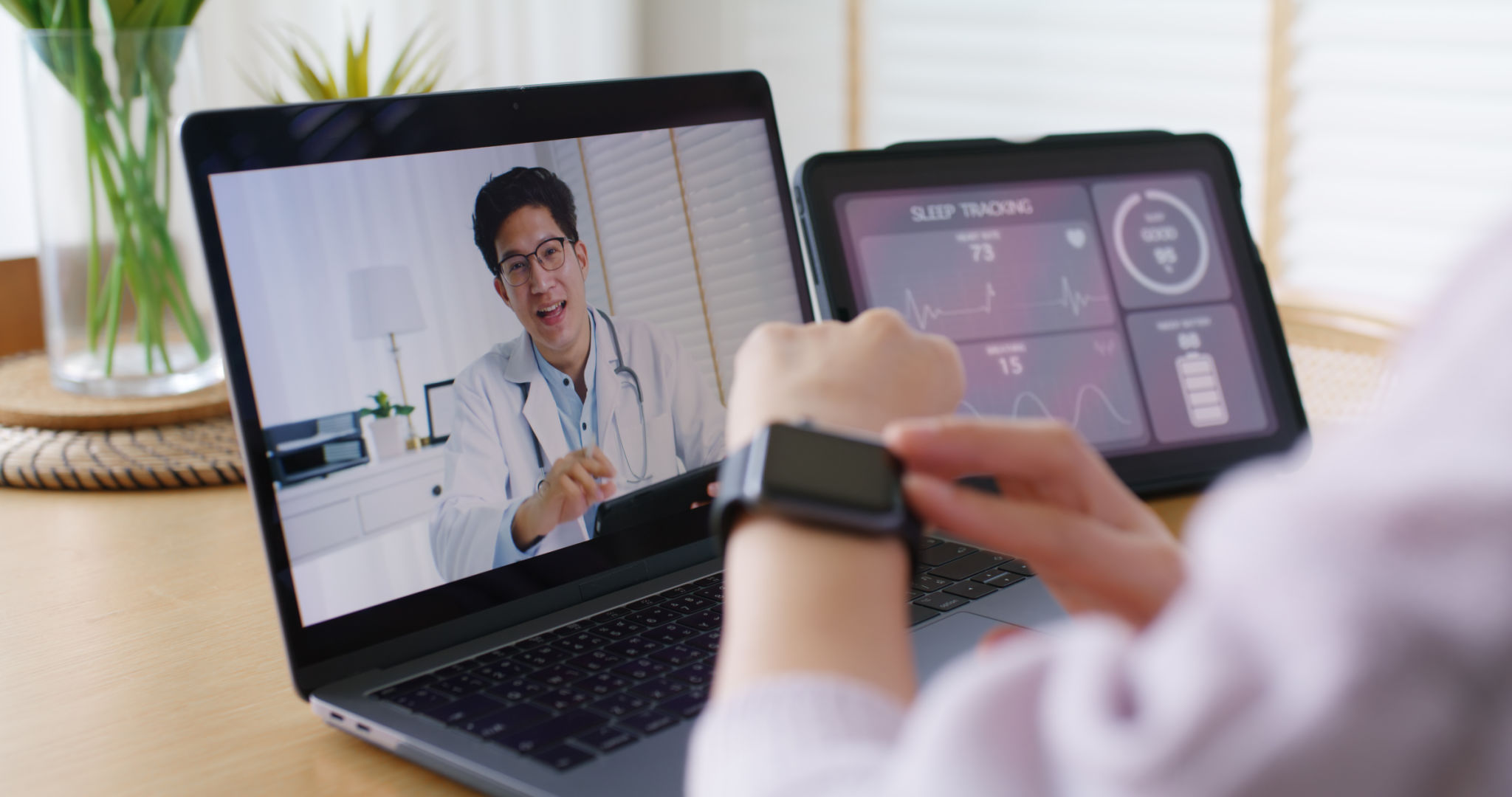Telehealth in Anesthesia: Overcoming Challenges and Maximizing Benefits
The Evolution of Telehealth in Anesthesia
Telehealth has revolutionized many areas of healthcare, and anesthesia is no exception. The integration of telehealth in anesthesia services is gaining traction, enabling anesthesiologists to provide remote consultations, pre-operative assessments, and even post-operative follow-ups. This innovation not only broadens the reach of anesthesia care but also enhances its efficiency and convenience.

Challenges in Telehealth for Anesthesia
Despite its advantages, telehealth in anesthesia faces several hurdles. One major challenge is ensuring the security and privacy of patient data. With sensitive information being transmitted electronically, there's a heightened risk of data breaches. Anesthesiologists and healthcare providers must adhere to stringent data protection regulations to safeguard patient information.
Additionally, the lack of physical presence can sometimes pose challenges in assessing a patient's condition. Traditional methods rely heavily on physical examinations, which can be limited in a virtual setting. Anesthesiologists must rely on advanced technologies and innovative solutions to bridge this gap effectively.
Maximizing the Benefits of Telehealth
To fully harness the potential of telehealth in anesthesia, healthcare facilities need to adopt strategies that maximize its benefits. One such strategy is investing in high-quality communication tools and platforms that facilitate seamless interaction between patients and anesthesiologists. Reliable technology ensures that consultations are as effective and informative as possible.

Moreover, telehealth enables personalized care plans tailored to individual patient needs. By analyzing data collected through virtual interactions, anesthesiologists can develop customized anesthesia plans that enhance patient outcomes and satisfaction.
Enhancing Accessibility and Convenience
Telehealth significantly improves the accessibility of anesthesia services, especially for patients residing in remote areas. With telehealth, patients can receive expert consultations without the need to travel long distances, reducing the burden of logistical challenges and associated costs.
Furthermore, telehealth offers greater scheduling flexibility for both patients and providers, allowing for more convenient appointment times that fit into busy schedules. This flexibility can lead to higher patient engagement and adherence to pre- and post-operative care instructions.

The Future of Telehealth in Anesthesia
As technology continues to advance, the scope of telehealth in anesthesia is expected to expand further. Innovations such as artificial intelligence and machine learning are likely to play a crucial role in enhancing remote diagnostic capabilities and predictive analytics in anesthesia care.
The future holds promising possibilities for telehealth in anesthesia, with a focus on improving patient outcomes while maintaining high standards of safety and care. By overcoming current challenges and leveraging technological advancements, telehealth can become an integral part of modern anesthesia practices.
